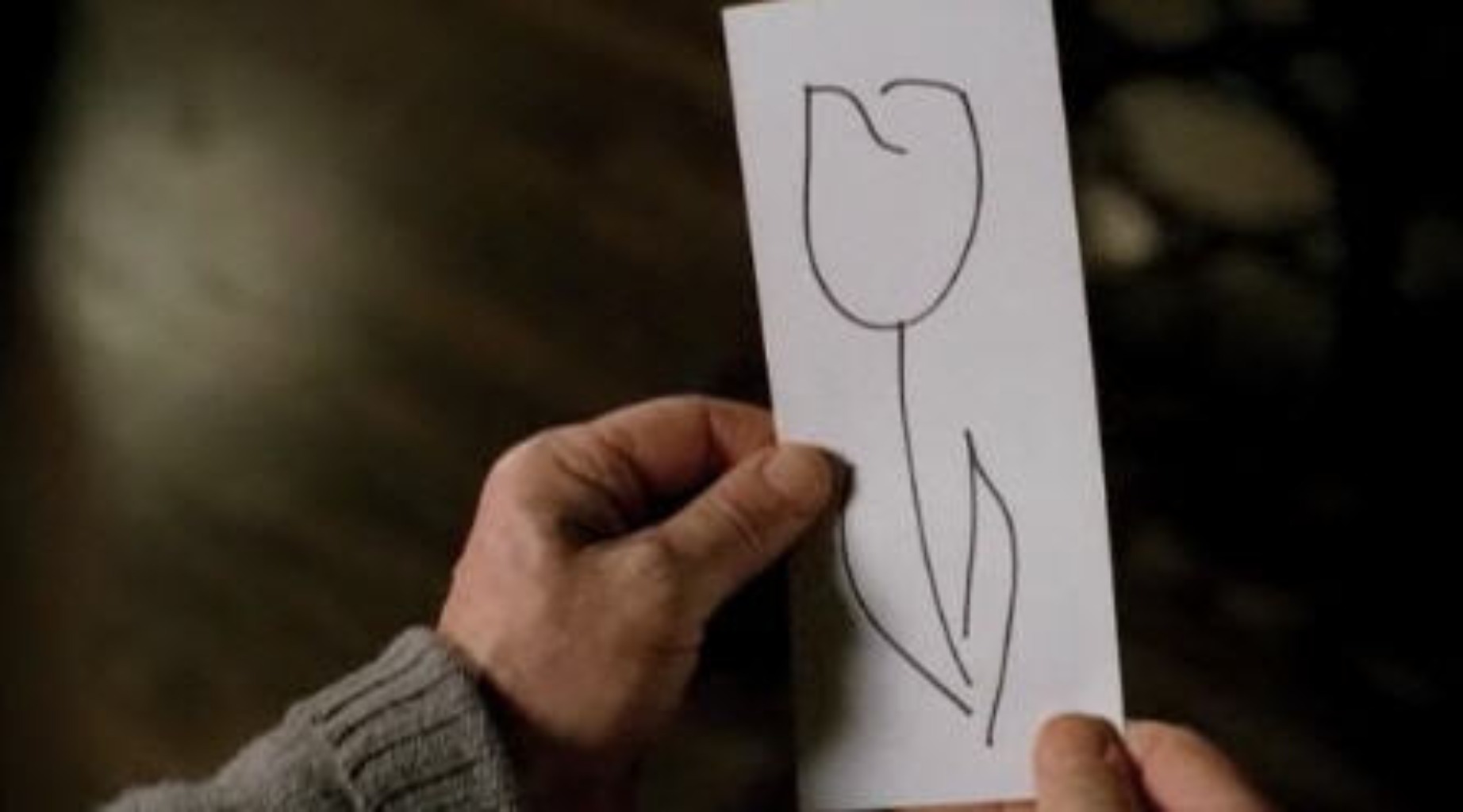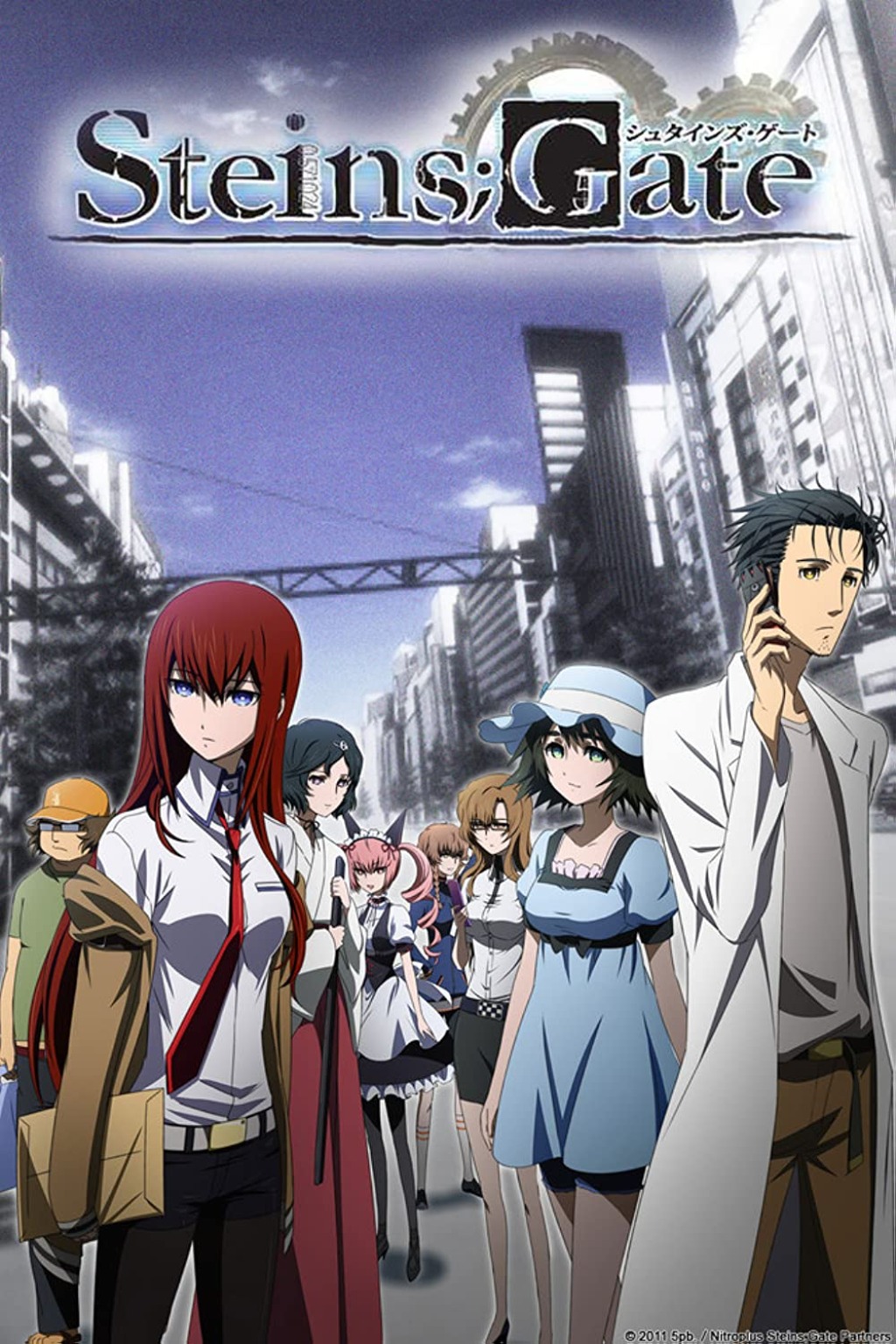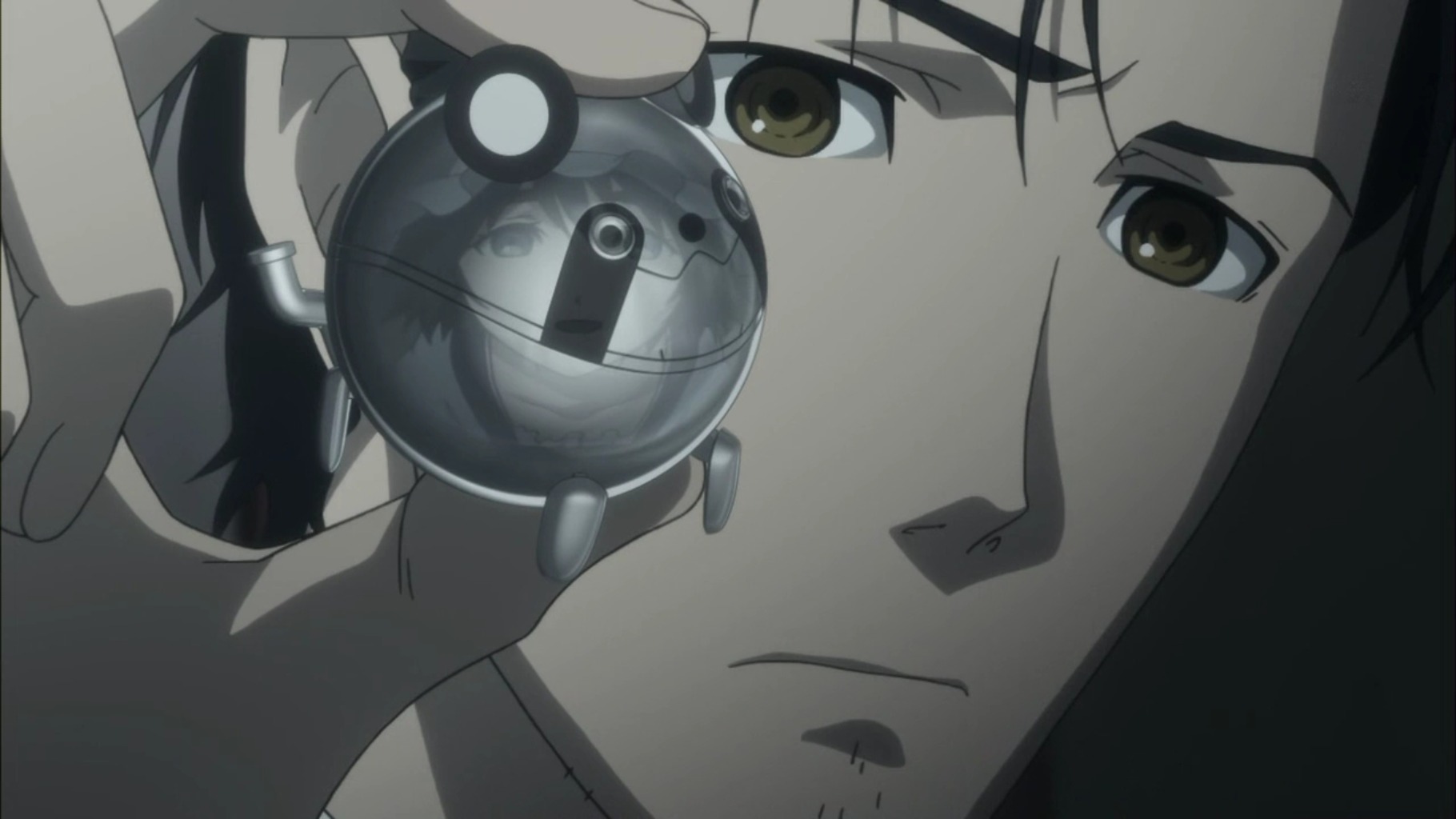It’s that time again—time to discuss some TV shows and movies that can not only entertain you but teach you a lot about storytelling. Today we’re going to focus specifically on shows that feature time travel.
I have always loved stories that involve time travel. We all have those moments in our lives where we wish we could have done something differently and wonder what would have happened if we had. Time travel allows characters to see and engage with periods long past and fascinating (and sometimes incredibly bleak) futures.
The thing about time travel, though, is that it is very difficult to write about. You often have multiple timelines to keep track of and making it all add up into a cohesive story can be a Herculean task.
So let’s take a look at some TV shows that succeed wonderfully at portraying time travel and what we can learn from them. As always with this TV and movies series, we’ll dive deep into the first minutes of an episode of each show to see what makes them so great.
Here are three time travel TV shows you can study to improve your writing.

Doctor Who: The Fun Factor
Where to watch it: HBO Max
This British sci-fi series has a long history. It first began back in 1963 and ran until 1989. Then the series restarted in 2005 and is still currently on the air. It stars the eponymous Doctor Who who travels through both time and space in his Tardis, which looks like a phone booth and is much bigger on the inside. He changes faces over time, allowing different actors to play the role. He also travels with at least one companion—an average human who gets to engage in the Doctor’s fantastical adventures.
Instead of going way back to 1963, we’re going to analyze the beginning of the first 2005 episode (this is, after all, the first episode of the series available on HBO Max). The show begins in London, with Rose on her way to work at a department store, working, and having lunch with her boyfriend. When the store is closing, Rose heads down to the basement to deliver the lottery money to Wilson.

The door slams and she gets locked in a hallway full of mannequins—mannequins who start moving. They surround Rose and are poised to attack when a strange man grabs her hand and tells her to run. They escape into an elevator and the man tosses her a plastic arm and tells her Wilson’s dead. He sends her away, introducing himself as “the Doctor”. She leaves and sees an explosion on the roof of the store.
This intro shows what an exciting and fast-paced show this is. Less than ten minutes in, there’s already an attack by creepy living mannequins, a mysterious Doctor armed with a sonic screwdriver, and a huge explosion. Overall, this is an extremely fun show that—unlike many other time travel stories—doesn’t take itself too seriously. It certainly has its tragic and heartfelt moments, but there’s space for silliness and joy as well.

Fringe: Tugging at the Heartstrings
Where to watch it: HBO Max
Fringe is a sci-fi show that ran from 2008 to 2013. An FBI agent named Olivia Dunham works with a brilliant formerly institutionalized scientist and his son to investigate cases of unexplained phenomena. It is an excellent show on many levels—amazing creativity, the ability to shuffle parallel universes, and an amazing cast of well-developed characters (John Noble’s portrayal of Walter Bishop being one of the greatest acting jobs I’ve ever seen).
Time travel is one of many bits of phenomena tackled by Fringe, so for this section, instead of starting at episode 1, we’re going to discuss a particular episode that deals with time travel: “White Tulip”, Season 2, Episode 17. This episode starts with a train full of passengers, and a young man outside begging for change. The lights start blinking on the train, unsettling the passengers. Suddenly, a man appears out of thin air and the lights go out. The man gets off the train, passing the young man asking for change. The young man gets on the train to find all the passengers in the car dead.

After the credits, we cut to Walter Bishop writing a letter to his son, Peter, which includes the words “struggled” and “unimaginable secret”. As he writes, his phone rings and he hears Peter’s voice on the answering machine, telling him about an incident on a train and that he’ll pick him up in fifteen minutes. Walter folds the letter and puts it in an envelope, then puts it in his pocket. At the scene, Peter remarks to Olivia that Walter has been avoiding him. Walter enters the train and starts investigating the scene. The group learns of the man from the young panhandler and that the lights went out when he arrived, and everyone’s cell phones and laptops died.
This episode gets off to a fascinating start with the man who appears out of nowhere and kills everything with his presence—including electronics. It introduces an intriguing form of time travel (though it isn’t yet clear that’s what’s at play). Walter’s letter to Peter and avoidance of him reveals the emotional core of the episode—a skillful continuance of the show’s overarching story. The time travel arc in this episode is equally emotional and will tug at your heartstrings. I highly recommend this show in its entirety and this episode in particular, which was ranked the series’ best episode by Entertainment Weekly.

Steins;Gate: Character Development
Where to watch it: Hulu
Steins;Gate is a 2011 anime based on 5pb. and Nitroplus's 2009 visual novel of the same name. It takes place in Akihabara, Tokyo and follows self-described “mad scientist” Rintaro Okabe and his friends Mayuri Shiina and Itaru “Daru” Hashida as they work to develop a time machine in an apartment Okabe calls the Future Gadget Laboratory. With fantastic character development and thought-provoking themes, it is considered one of the best animes of the 2010s.
The first episode of the anime begins with Okabe waxing philosophical about science on his cell phone. Mayuri calls for him and the two head for a time travel conference, where Okabe speaks of a shady “Organization”. Okabe explains that the scientist giving the lecture has beaten them into the punch and he’s curious to know how their theories intersect. Okabe hears a strange noise and runs to the roof, where he sees a girl standing in front of an odd machine. He gets a text from Mayuri who asks her to buy her a rare metal Upa (a small toy resembling a bear), which he does. She calls him “Okarin” and he tells her to call him “Hououin Kyouma”.

At Doctor Nakabachi’s conference, Okabe sits alone and receives a text from Mayuri saying that she dropped her Upa and is looking for it. During the lecture, Okabe stands and interrupts to say that Doctor Nakabachi's theories are incorrect. He is dragged away by Makise Kurisu, a young scientist who seems to know Okabe somehow. Okabe speaks into his phone, saying he’s been caught by an Agent. Kurisu takes his phone and finds that it’s not even on. He says the phone shuts off automatically in all hands but his. He rushes off and meets up with Mayuri. They hear screams and Okabe goes to investigate, finding Kurisu stabbed to death.
It is crazy how many seeds this anime is able to plant in just the first ten minutes of the show. You can clearly see that time travel is going to be a major factor in the show, by the subject of the conference, the strange girl on the roof, and how Kurisu is convinced she and Okabe have met though he doesn’t remember it. These early scenes also quickly establish Okabe’s eccentricity and show off Mayuri’s adorable personality. This is definitely a time travel show to study if you want to learn more about how to develop lovable characters fast.
Time travel may be tough to write about, but it is a blast to watch shows involving it. A bonus is that you can absorb a lot of time travel writing techniques without working too hard at it. Tune in next week when we’ll be discussing time travel again, only this time it’ll be time travel movies!
Soak Yourself in Fiction
Follow us on Facebook | Instagram | Twitter | Discord